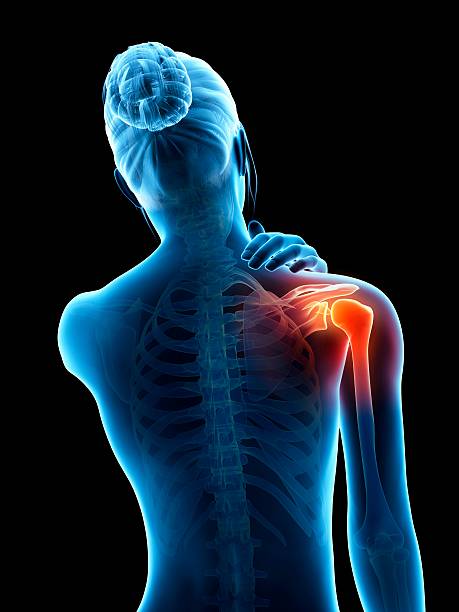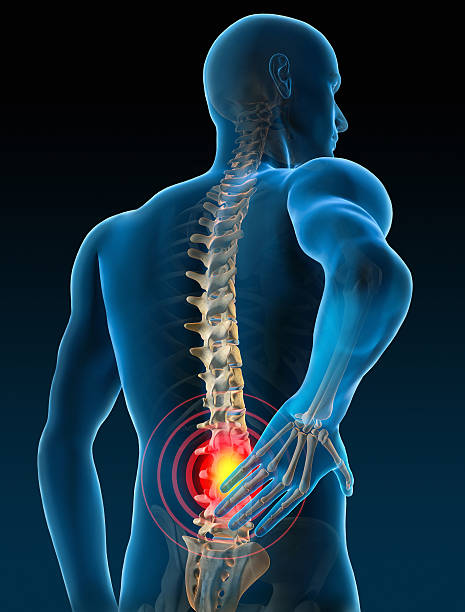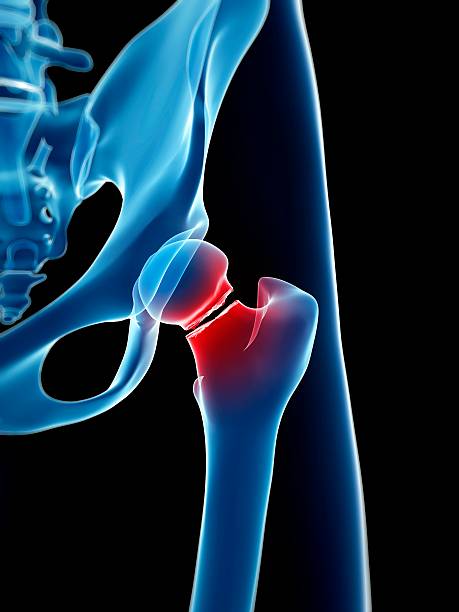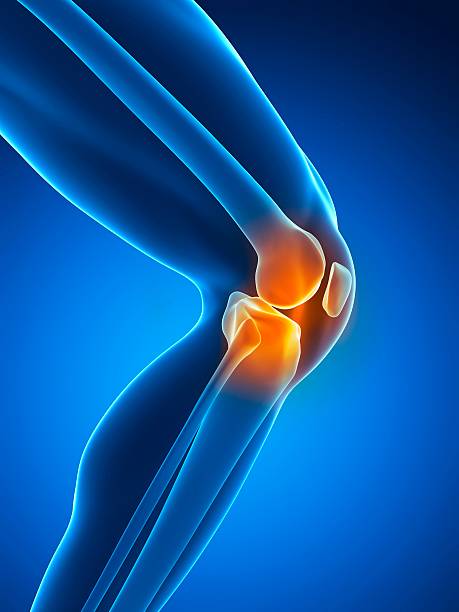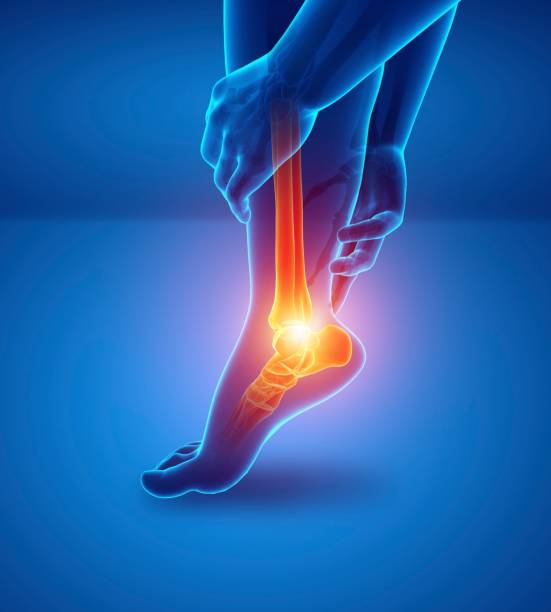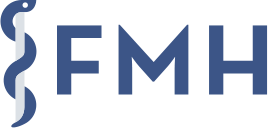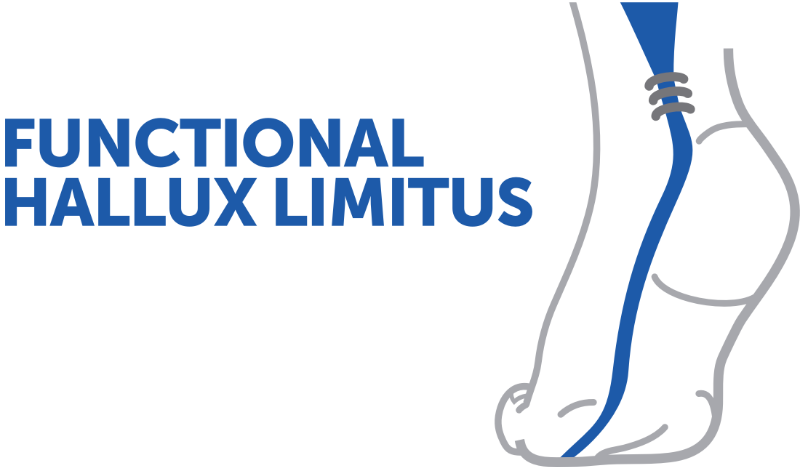Knee replacement: team treatment
Dr. Vallotton presents an innovative knee replacement care program. Integrating the patient into the healthcare team, this program promotes rapid recovery through digital tools, tailored physiotherapy, and 3D surgery planning. It also covers the types of prostheses, their indications, and technical innovations.
Doctors
Topics
Treatments
Advice
- Dr Jacques Vallotton
- Return to Active Life Program
- Pre-operative preparation
- Surgical techniques
- Types of prostheses
- Post-operative rehabilitation
- Total knee replacement
- Partial knee replacement
- Personalized rehabilitation
- Planning rehabilitation before surgery
- Bring your swimsuit for balneotherapy
- Actively participate in your treatment
Information
Video type:
Anatomy:
Thematic:
Knee replacement: a team success
Knee replacement surgery is now part of a coordinated process where the patient is not only cared for, but also plays an active role in their own treatment. The organization of care involves the surgeon, anesthesiologist, nurse, and physiotherapist, with shared objectives and clear information at each stage. This team dynamic promotes understanding of the surgical procedure, reduces stress, and aligns functional expectations.
The "Return to Active Life" program exemplifies this approach. Digital tools accompany the stay, allowing pain, walking, and mobility to be recorded, and supporting motivation. The goal is not just to insert an implant, but to restore function and autonomy, seamlessly from the consultation through rehabilitation.
Before the intervention: active information and preparation
The preoperative phase aims for truly informed consent and concrete preparation. The anesthesia consultation, scheduled approximately 10–15 days before the operation, completes the clinical and, if necessary, cardiological assessment. The patient organizes the follow-up: physiotherapy sessions, home help, and preparation of the necessary for hospitalization. At the Bois-Cerf Clinic, early balneotherapy is part of the protocol, hence the importance of bringing suitable equipment.
Understanding the treatment schedule, anticipating constraints, and discussing walking goals are major levers for confidence. An informed patient is more relaxed and progresses better.
The surgical patient is the hero of a play with many actors.
During hospitalization: personalized journey and daily monitoring
Upon admission, a nurse-physiotherapist-patient trio structures the progression. A daily digital log records pain sensations, range of motion, and functional milestones, which are co-completed with the team. Regular assessments of gait, flexion, and pain guide the adaptation of exercises. This personalization improves adherence and allows for rapid adjustments based on the patient's profile and expectations.
The immediate goal is to maintain postoperative momentum, initiate safe verticalization, and prevent thromboembolic complications through combined measures.
After the operation: accelerated rehabilitation and continuity of care
Rehabilitation begins early: getting up very early, supervised exercises, then gradually progressing to walking without limping. Exercise videos extend the homework. Group physiotherapy circuits are offered after a few weeks, alternating between work in the gym, on equipment, and in the pool. Surgical follow-up plans regular check-ups (approximately at 1 month, 3 months, then 1 year), with an adapted frequency if necessary.
This continuum avoids the “stop-start” effect and supports sustainable functional recovery.
We can experience all of this continuously, without feeling like we're stopping and starting again.
Choosing the right prosthesis: total or partial
The choice of implant is based on a precise assessment. In global osteoarthritis, a total resurfacing prosthesis is required, while limited damage with intact cruciate ligaments may require a unicompartmental prosthesis. The latter preserves more tissue and often promotes greater flexion, at the cost of strict indications. The long-term results of modern implants are solid when the eligibility criteria are met.
Age is no longer the only determining factor: the intensity of the pain, lameness, expectations for resuming activity and associated joint damage guide the decision.
Precision and safety: 3D planning and early mobilization
3D planning allows for anticipated alignment, component size, and cutting strategy, with guides tailored to the patient's knee. Intraoperatively, minimally invasive surgery, the absence of tourniquets when possible, controlled operating times, and integrated antithrombotic protocols reduce risks and facilitate functional recovery. Postoperative flexion support early recovery of range of motion. The ultimate goal remains constant: pain-free walking, return to activities, and maintain a reliable knee over time.
Pathologies treated at the center
Hallux Limitus
Functional
Your pain has a cause.The balance sheet allows us to understand it.
- Gait analysis
- Posture Assessment
- Guidance on the right treatment
- Study of plantar supports and supports
- Detection of compensations
- Pain–movement correlation
The functional assessment allows us to understand how a joint or postural imbalance can trigger or perpetuate pain. Very often, imaging is normal, but movement is disturbed. By analyzing gait, weight-bearing patterns, or posture, we identify the weak links in the chain and guide targeted treatment adapted to the patient's actual mechanics.


